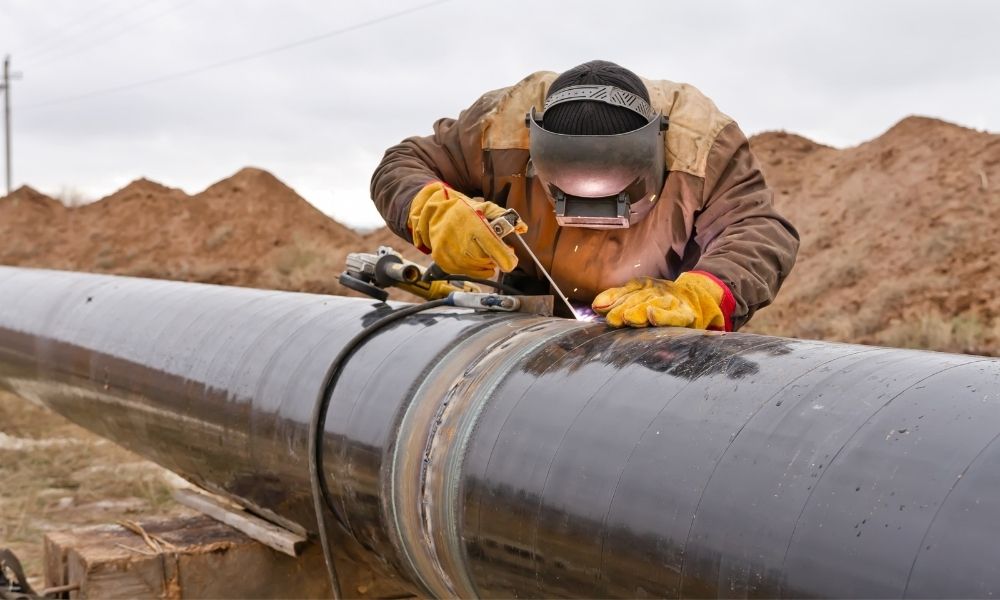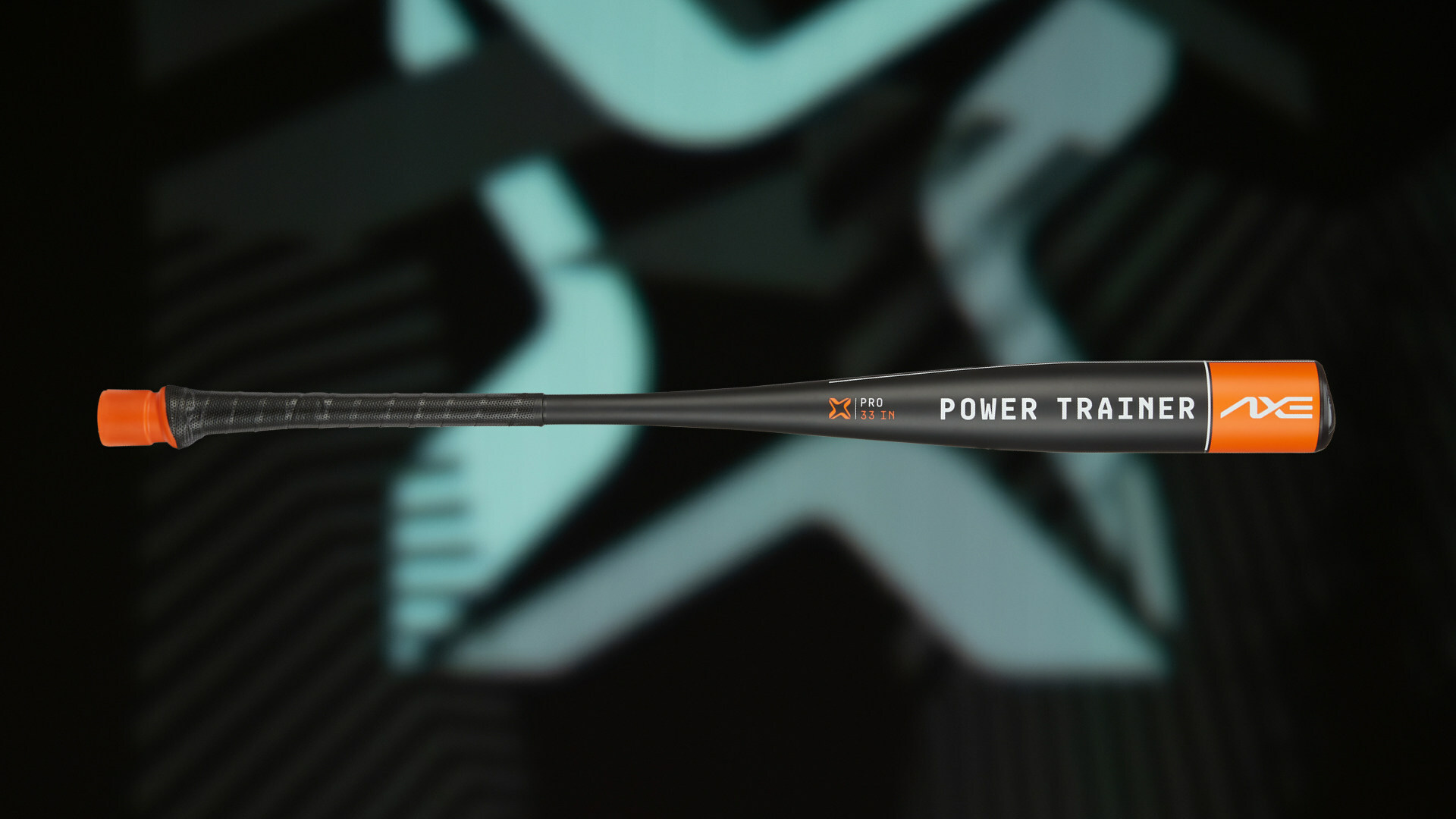How To Start Your Career as a Pipeline Welder

Are you interested in pursuing a career in welding? Look into becoming a pipeline welder. These workers are in charge of building and repairing pipelines that run underwater, through mountains, over hills, and across other types of terrain.
Pipeline welding can be dangerous work, as it requires a lot of stamina, technical skill, and problem-solving. If you’re someone who enjoys puzzles and overcoming challenges, you’ll love the work.
Since it requires such specialized skills, pipeline welding pays very well. Pipeline welders often earn anywhere from $28 to $43 per hour. Intrigued? Read on for more about how to start your career as a pipeline welder.
What Does a Pipeline Welder Do?
Before you go all-in and pursue a career as a pipeline welder, take a look at what a typical day on the job is like.
Pipeline welders work in a wide range of locations, such as construction sites and power plants. As a pipeline welder, you’ll use a series of blueprints and diagrams to assist you when assembling pipes. You’ll connect pipes, repair pipes, and maintain pipes.
Some everyday tasks include:
- Fusing pipes together with welding equipment
- Solving piping-related problems
- Ensuring proper flow
- Following all necessary safety procedures
You can expect to perform these tasks daily. You’ll need to be very detail-oriented, as well as enjoy problem-solving.
How To Get Started
Most employers won’t require a college degree, but a high school diploma or GED is necessary. In particular, shop and math classes are essential for becoming a welder. On-the-job training is even more important than education in this field.
For this reason, you’ll need to pursue an apprenticeship. Most apprenticeships for welders last up to four years. They involve both classroom training and on-the-job training. To become a pipeline welder, you’ll need to log 2,000 hours as an apprentice to a skilled welder.
During your apprenticeship, you’ll learn how to operate welding equipment safely and properly. Beyond that, you’ll learn how to read plans, blueprints, and diagrams, as well as solve common pipeline welding problems. During this time, you’ll learn about all the essential tools you’ll need to weld pipes.
A benefit of pursuing an apprenticeship is that you’ll have connections in the field by its end. That can help you land a full-time position as a pipeline welder.
Pursue a Certification
To give yourself another career edge, you should earn a certification in pipeline welding. You could attend a technical school and receive a certification there, or you could complete the American Welding Society’s online certification courses.
Closing Thoughts
Now you know the basics of how to start your career as a pipeline welder, you’ll need a high school diploma or GED before you can pursue an apprenticeship. Once you obtain one, you’ll need to put in about three or four years as an apprentice before you’ll be ready for certification and a full-blown career as a pipeline welder.




